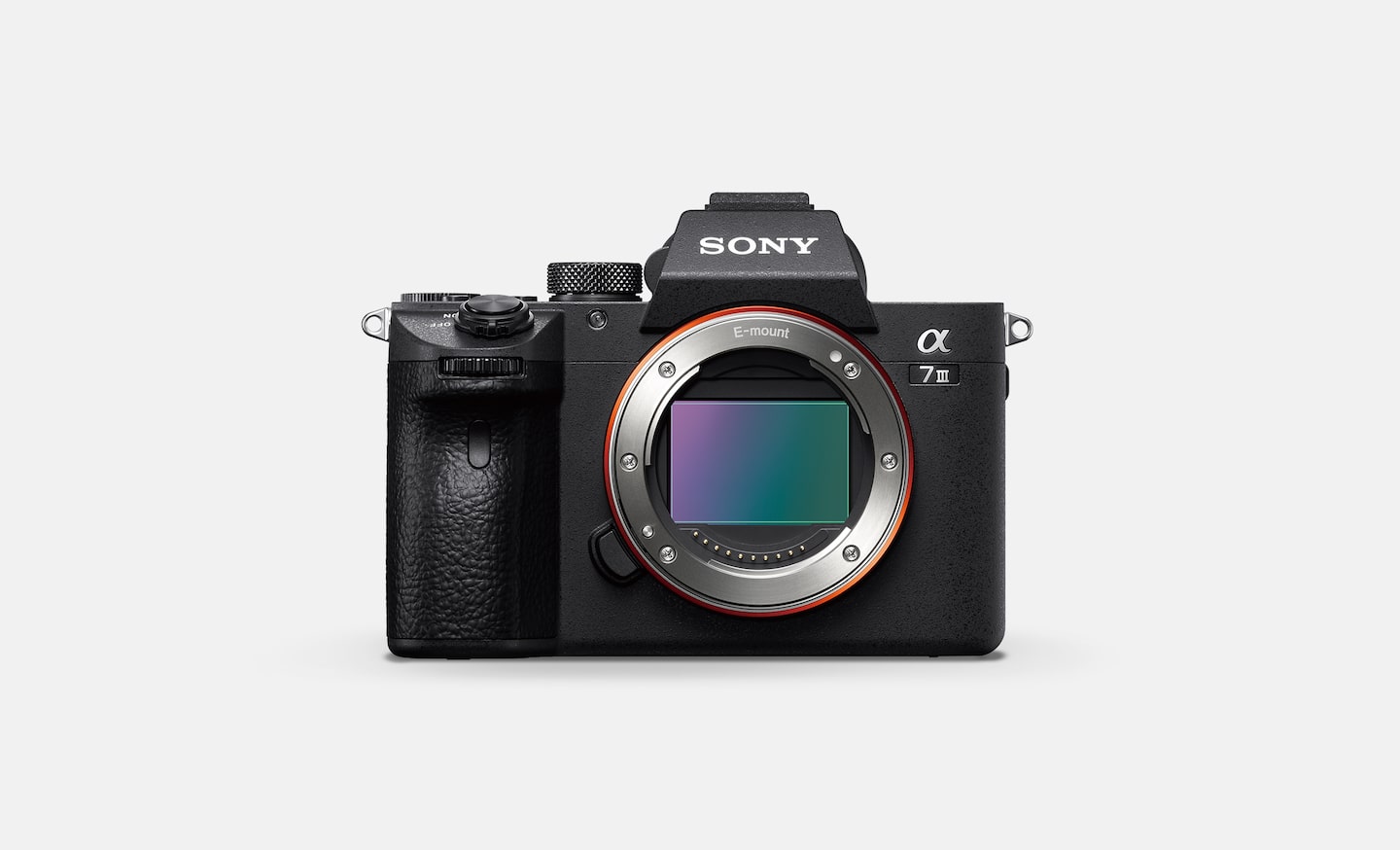In this review, we will be comparing the Nikon Z6 and Sony a7 III, two all-rounder cameras released during the last year (2018).
These two models share a lot in common, although they were designed and produced by two competitive companies, Nikon and Sony.

First of all, they are both mirrorless cameras built around a 24 MP full-frame sensor. Moreover, they have similar features, price range, and target group.
Despite resembling each other in some respects, there are things that can make difference between these two camera models and we’ll point them out in this article.
Nikon Z6 vs Sony a7 III – History
Last year, the major companies in the photography world, Canon and Nikon, released their first full-frame mirrorless cameras. By doing this, they ended a long-lasting reign of Sony on the mirrorless market.
For years, Sony was the leader in producing full-frame mirrorless cameras. By removing the internal mirror that is characteristic for DSLR cameras, the company was able to create very compact devices that have the same features as DSLR models produced by its competitors.
With this being said, it is not strange there are similarities between the Nikon 76 and Sony a7 III.
The Z6 was released six months after the a7 III, and Nikon probably had in mind Sony’s model when they prepared their first semi-pro full-frame camera.
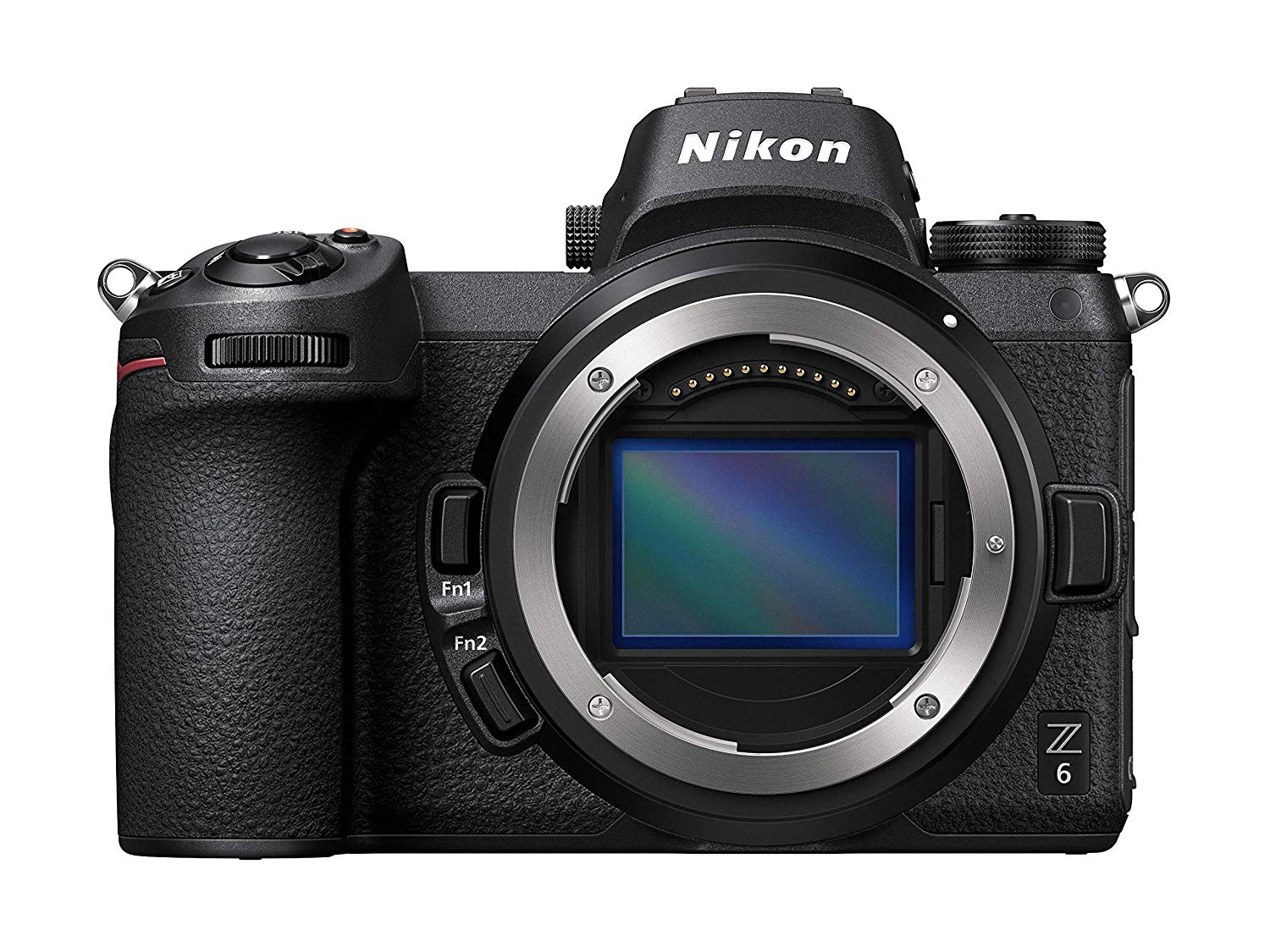
This becomes even more obvious if you take into consideration the Nikon Z6 came in pair with the high-end Nikon Z7.
It was the same move as Sony did earlier by launching the Sony a7 III shortly after its high-end twin, the a7R III.
The Nikon Z6 was obviously made to challenge Sony’s camera, but how successfully it fulfilled its purpose?
Nikon Z6 vs Sony a7 III – Design
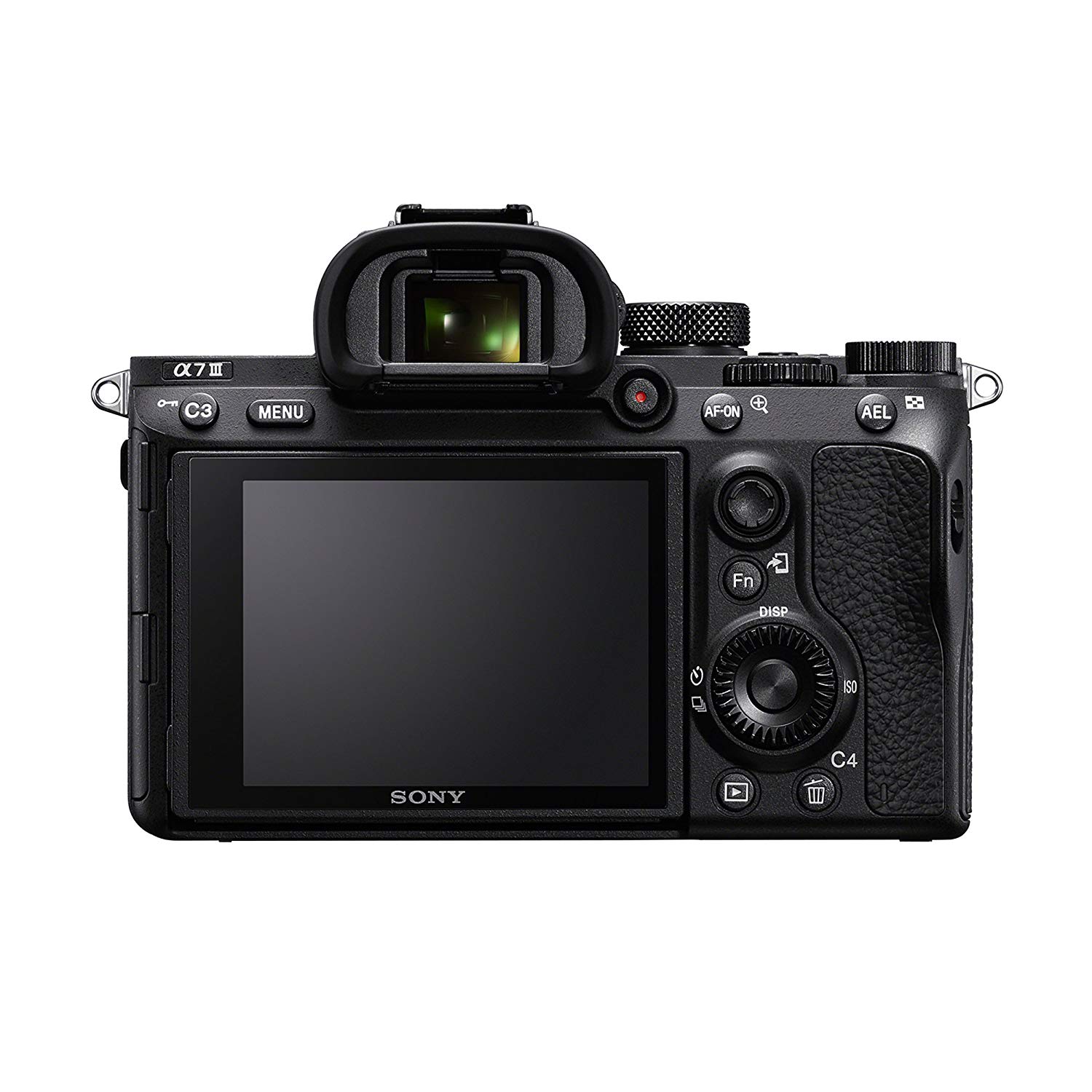
Sony a7 III
Mirrorless cameras are often associated with compact size and lightweight, but the Nikon Z6 and Sony a7 III are not among the most compact cameras ever made.
With dimensions of 5.0 x 3.8 x 2.9 inches and weight of 23.0 ounces, the Sony a7 III is only a hair smaller and lighter than the Z6. The difference is microscopic so we can’t say there are disparities in the size and weight of these cameras.
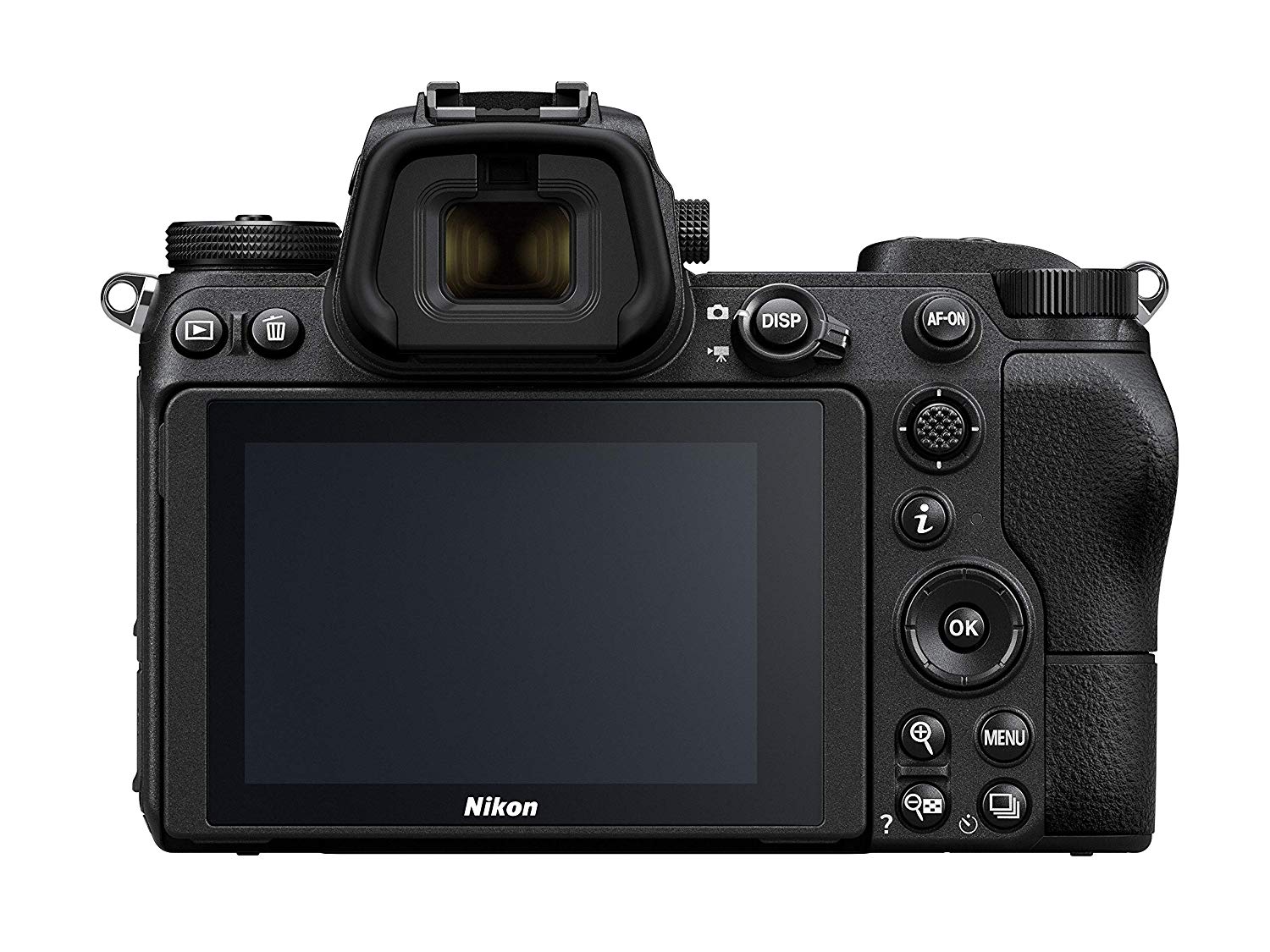
Nikon Z6
When it comes to design, the Sony a7 III might be inconvenient in certain situations, since they made the handgrip too small. Okay, it is not the smallest ever, but if you are using heavy lenses you might feel exhausted after handling the camera too long.
Nikon learned from Sony’s mistakes and made the grip a bit larger which made the camera feeling more comfortable after a long day of shooting.
Nikon Z6 vs Sony a7 III – EVF and LCD
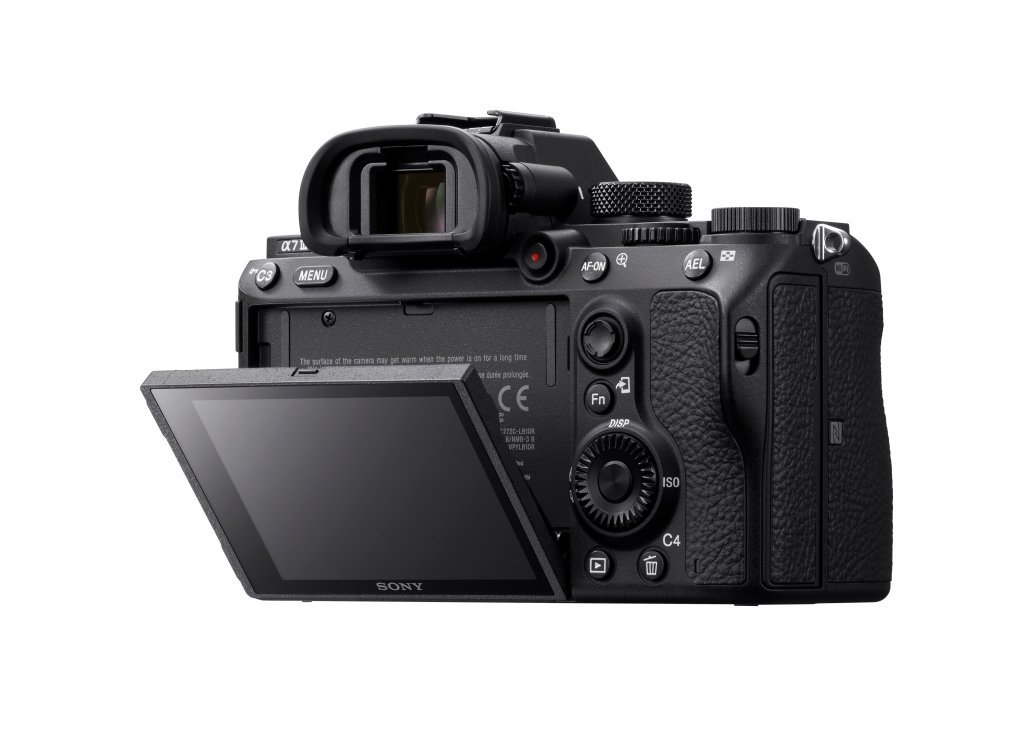
Sony a7 III
Both cameras incorporate an EVF and a rear LCD screen. Unfortunately, none of them have a display that fully articulates.
The LCD screen is tiltable on both cameras, but you can’t turn it around to make a selfie. Vloggers will hate this, but I am sure they will find their way to use these cameras nevertheless.
So, what are differences in the LCD screen and EVF? For the beginning, let’s just say that Nikon’s camera clearly wins in this battle.
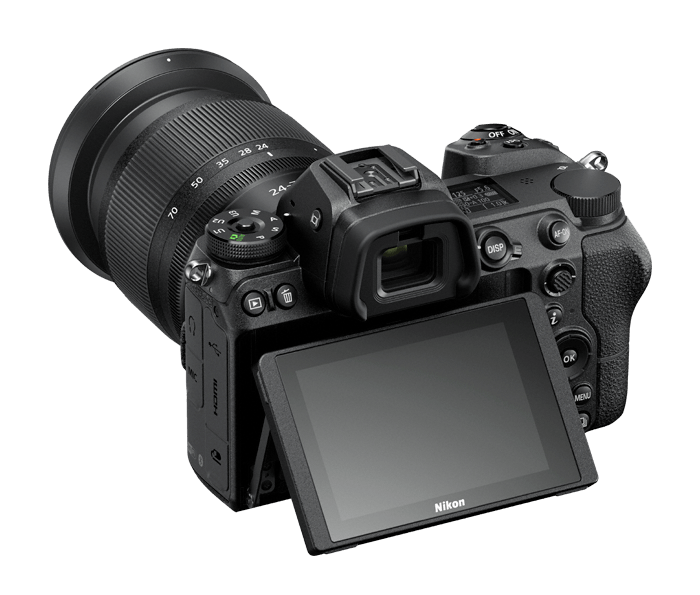
NIKON Z6
The LCD screen on the Nikon Z6 is a bit larger (3.2 inches vs 3.0 inches) and it has a bigger resolution (2100k vs 922k). Additionally, its touchscreen allows you bigger possibilities than Sony’s model.
The EVF in the Nikon Z6 also has better resolution than the one in the Sony a7 III (3690k dots vs 2359k) and just a slightly higher magnification (0.8x vs 0.78x).
Finally, the Nikon Z6 also has a top OLED screen which is handy for quickly checking camera settings, while the Sony a7 III doesn’t have this feature.
Nikon Z6 vs Sony a7 III – Common Specs
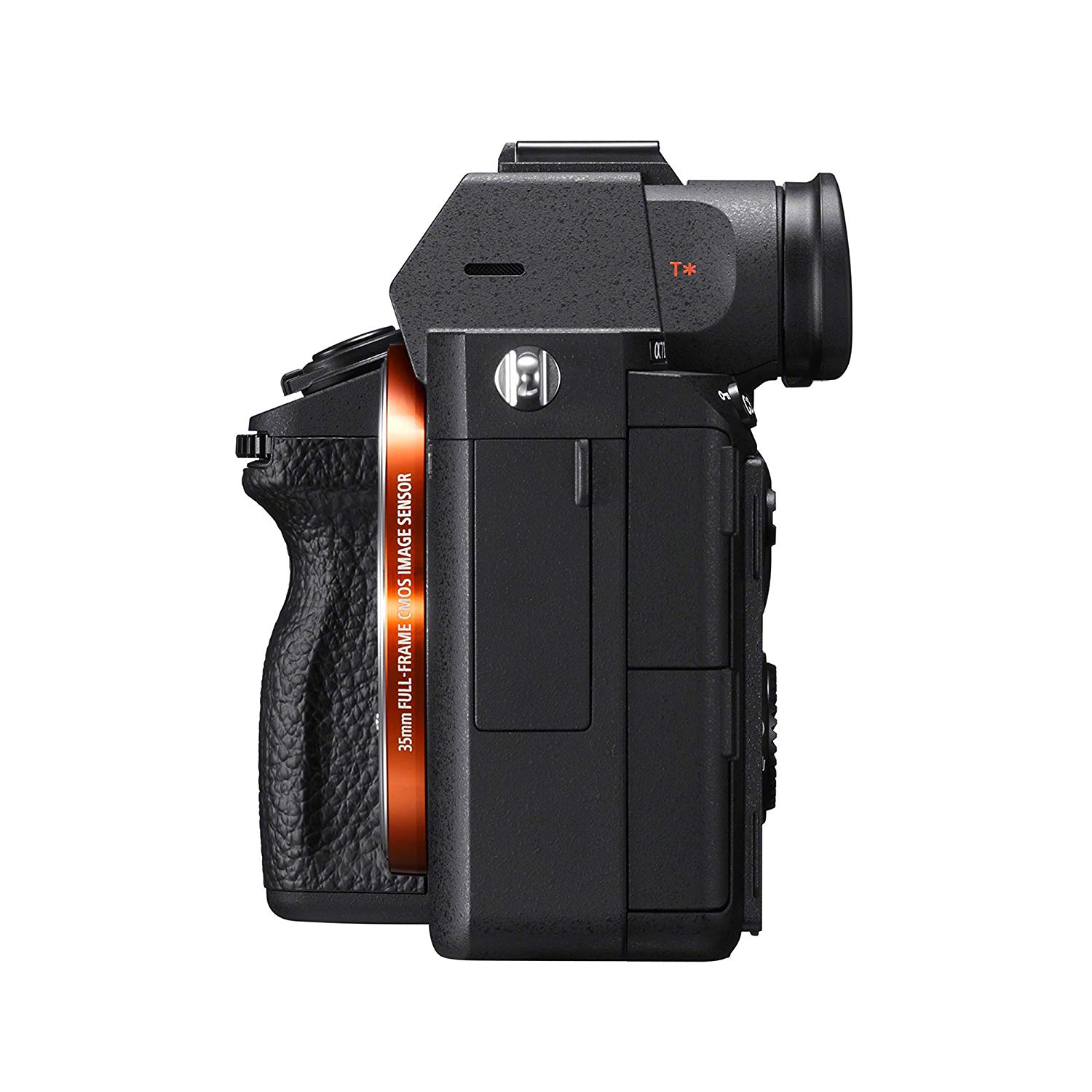
Sony a7 III
Before we focus on specs that distinguish these two cameras, let’s see what they share in common.
First of all, they both feature a 24 MP BSI sensor (35mm) with optical low pass filter, 5-axis in-body stabilization, Wi-Fi, Bluetooth, and other connectivity options such as HDMI, microphone port, and headphone jack.
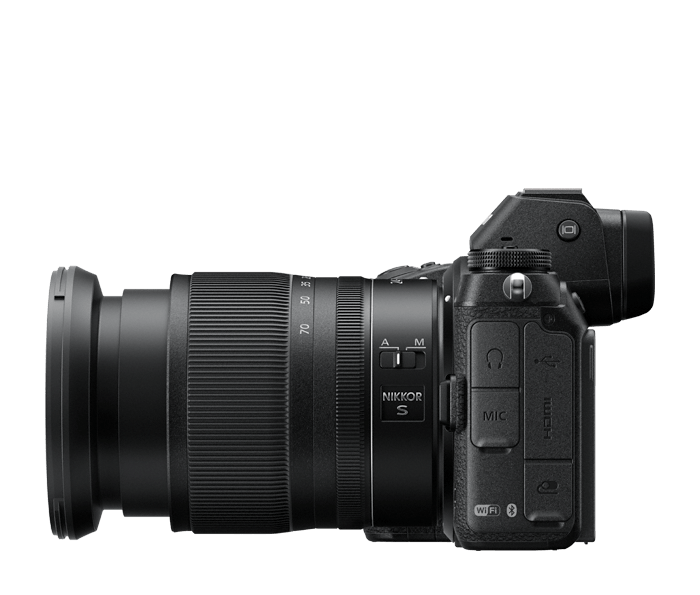
NIKON Z6
The Nikon Z6 and Sony a7 III also have the same native ISO sensitivity range from 100 to 51,200.
Additionally, both cameras can record 4K videos up to 30fps and Full HD videos up to 120fps.
If you are interested to know more about video features of these two cameras, check out the video above by Gerald Undone.
Nikon Z6 vs Sony a7 III – SD Card and Battery Life
The Nikon Z6 has only one XQD card slot, while Sony’s model accepts two SD cards. Although XQD cards perform better, having two SD cards can be of great assistance especially if you are a wedding photographer or a videographer.
Double card slot has shown to be very useful and practical so it is a big disadvantage for the Z6 that it lacks one.
Along with bigger storage, the Sony a7 III also has longer battery life. It is possible to make 610 viewfinder shots with Sony’s camera, while Nikon’s model makes only 310.
Nikon Z6 vs Sony a7 III – Autofocus
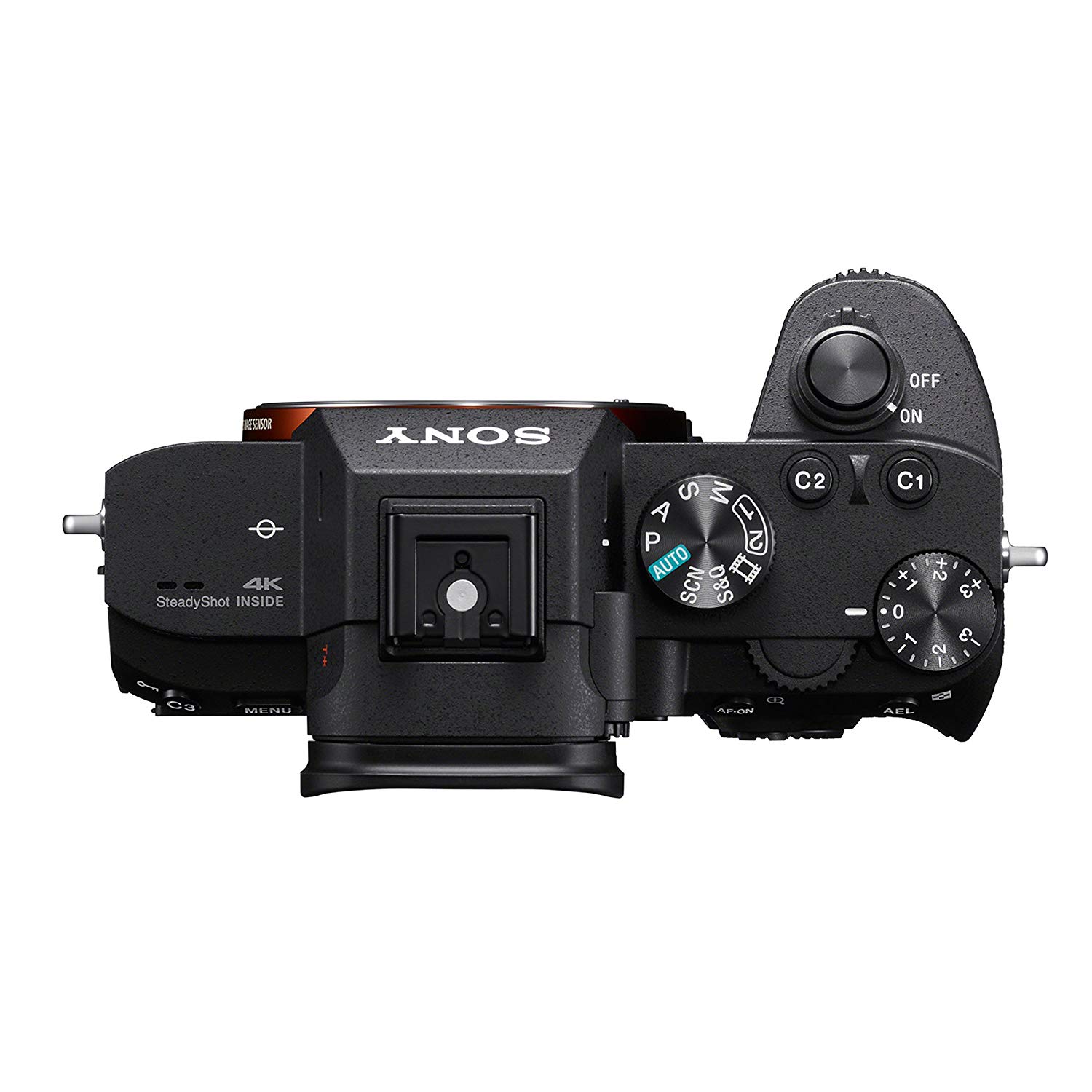
The other thing where the Sony a7 III has an advantage over the Nikon Z6 is autofocus. It is not a huge difference and both cameras have impressive autofocus system, but – to start with - the Sony a7 III has more autofocus points.
While there are 273 hybrid autofocus points in Nikon, there are 693 phase-detect points and 425 contrast-detect points in Sony’s camera.
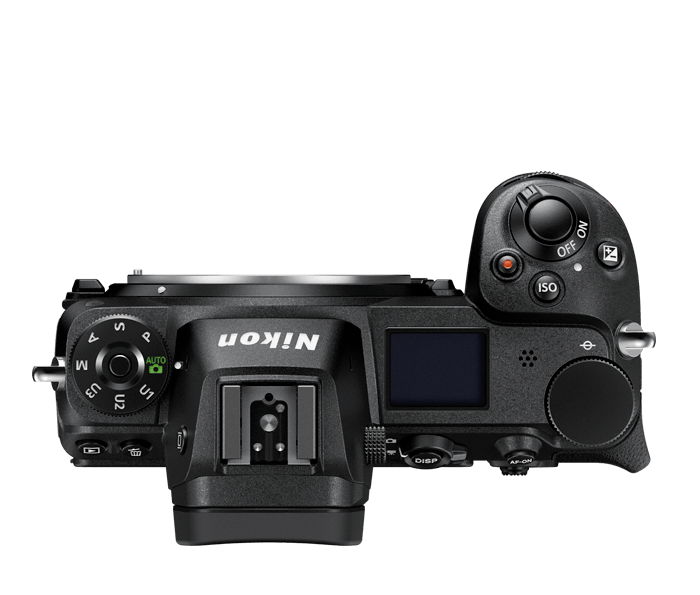
Although the number of autofocus points doesn’t necessarily imply bigger precision and speed, users have expressed more satisfaction with the autofocus system in the Sony a7 III.
The Nikon Z6 has shown to be unpredictable in certain situations. For example, it might have issues to acquire the target in continuous autofocus tracking.
Nikon Z6 vs Sony a7 III – Continuous Shooting Speed
When it comes to continuous shooting speed, the Nikon Z6 appears to perform a bit better than the Sony a7 III.
The Z6 offers 12 fps continuous shooting, while the a7 III allows only 10 fps.
Once again, the difference is not substantial, but since the cameras are very similar it might make a difference to those who are into sports or wildlife photography.
It is worth mentioning that continuous shooting at 12fps while using the Nikon Z6 comes with certain limitations. The exposure will be locked on the first frame, and viewfinder will not keep up with live view.
You will need to reduce the speed to 5.5 fps if you want live view without blackouts on Nikon’s camera.
The same thing goes for the a7 III, although this camera allows live view without blackouts up to 8fps.
In the video above, The Slanted Lens compared the picture quality, video quality, dynamic range and autofocus testing of the Nikon Z6 and Sony A7III.
Nikon Z6 vs Sony a7 III – Lenses
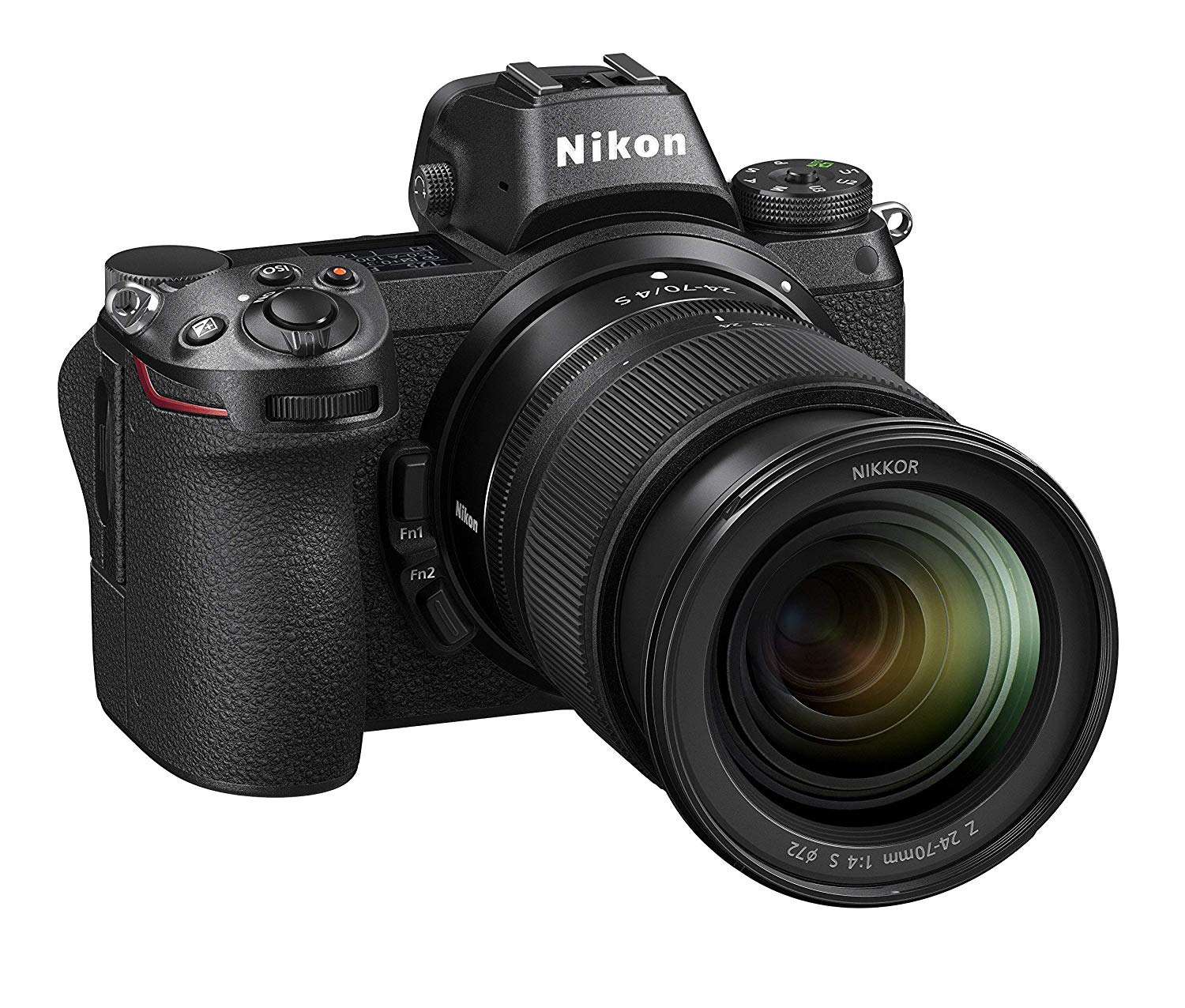
Since we are comparing two cameras developed by different companies, you won’t find strange they have different lens mounts.
The Nikon Z-mount has a diameter of 55mm and flange distance of 16mm. On the other hand, the Sony E-mount has a diameter of 46mm and flange distance of 18mm.
As we already touched upon, Sony has a long history of creating mirrorless models, so there is a wider choice of lenses for mirrorless cameras produced by this company.
At the moment, there are 48 E-mount lenses that you can choose for your mirrorless Sony. Additionally, you can buy the A-mount adapter for E-mount cameras in order to use lenses that were designed for Sony’s DSLR models.
The situation is a bit different with Nikon’s camera.
By launching the Z6 and Z7, Nikon introduced the new Z-mount system and four types of lenses that were specifically designed for these two cameras and for all other mirrorless models that will follow-up.
Since there hasn’t passed much time since Nikon unveiled its new mount system, at the moment there are only five lenses to choose from.
The company is preparing new lenses, and the Nikkor Z 58mm f/0.95 Noct should be released any day soon. In the meantime, you can also use the F-Mount Nikkor lenses if you buy the optional Mount Adapter FTZ.
Nikon Z6 vs Sony a7 III – Price
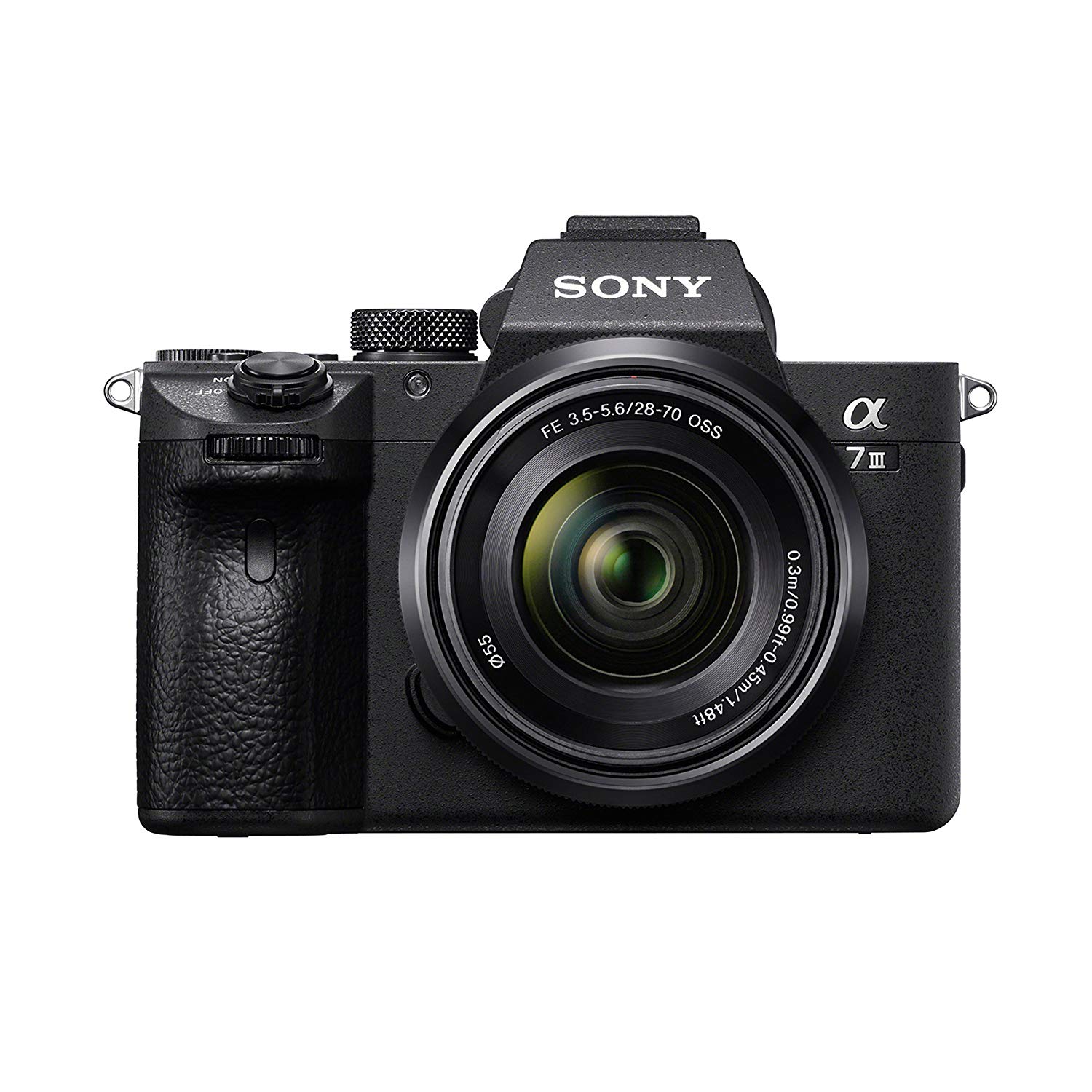
There is virtually no difference in price between these two cameras.
If you want to buy a new Nikon Z6 (body only) you will need to spend just under $2,000, while the Sony a7 III (body only) costs $1998.00.
If a couple of bucks makes a difference, then we can say the Sony a7 III is the more affordable one. You could always buy used, too, and save a little cash!
Still, don’t forget you will need to buy a lens too.
The Sony a7 III with 28-70mm lens costs $2,198.00, which is around $400 less than you would need to spend on the Nikon Z6 with 24-70mm lens.
If you take this into consideration, the Sony a7 III seems to be more affordable option. Another comparison you'll enjoy: Sony a6400 vs Sony a6500 vs Sony a6300.
This article about "Nikon Z6 vs Sony a7 III Comparison" was first published on our website here https://www.photographytalk.com/nikon-z6-vs-sony-a7-iii
